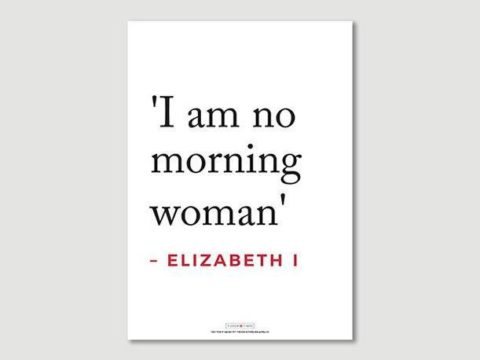John Knox: Life Story
Chapter 12 : Conflict at Perth
Scotland was in turmoil. The Protestants were making more demands of Marie of Guise, requesting freedom of worship, communion in both kinds, and vernacular services. They wanted the laws against heresy suspended, and the Catholic bishops and priests ordered to reform their conduct. Marie returned a temperate answer. She would look into the matters and improve what she might. She requested Archbishop Hamilton to convene a council to reform the Scottish Church from within.
Marie, however, had a low opinion of the sincerity of most of the Protestant lords, believing that many of them were merely hoping to increase their own power at the expense of the Crown. The preachers whom she thought were the ring-leaders were called to appear at Stirling on 10th May 1559. Her intention was to have them exiled.
In this, Marie made a grave error. She responded to requests to rethink her position unless the preachers could be shown to be heretics, with the statement that, even if they preached truth, they were trouble-makers and would be banished. This was seen as a betrayal of her promises for toleration. Glencairn warned her that she should not break her word, but Marie replied that princes need not keep their word to subjects.
Meanwhile, the Protestant lords assembled to defend the preachers. Knox had gone from Leith to Dundee, and he now met with the lords at Perth. Erskine of Dun was sent to reassure Marie that the concentration of men in Perth was not an armed insurrection, just the result of their desire to defend their preachers.
Marie told Erskine she would reconsider, and the lords, relieved, dispersed. The Queen then backtracked, and outlawed the preachers. This move was fatal for the authority of Marie and the Catholic Church in Scotland.
Knox climbed into the pulpit at Perth, and, surrounded by the full panoply of mediaeval Catholicism – the images, the relics, the candles, the painted walls – began to inveigh against idolatry. The congregation dispersed, but later that day, when a priest began to prepare for mass, a boy shouted out that it was idolatry. The priest hit the child, who then threw a stone, missing the priest, but breaking the tabernacle (the receptacle for the bread).
Suddenly, the church was a scene of destruction – stones were thrown, glass smashed, and statues torn down. The iconoclasm spread in a wave to the other churches in the town. Knox later distanced himself from the violence of the ‘rascal multitude’, but the overall result pleased him. Within a couple of days, Scone Abbey had met the same fate.
This challenge to Marie’s authority was unacceptable. She and Châtelherault set out at the head of a small force, heavily reinforced by the French, to restore order to Perth. With limited forces, she began negotiation – her step-son, Lord James, and Lord Sempill, were sent to parley. Knox told Lord James that they were not rebelling, but defending the true religion. He was, he said, a better friend to the Queen (whose religion was mere superstition) because he would tell her truth, whilst others flattered her.
Not mollified by Knox’s words, Marie nevertheless was reluctant to push the matter to a bloody conclusion. It was agreed that the armed men on both sides would stand down, whilst Marie could enter the city. No Protestants were to be punished, the town was not to be garrisoned by French soldiers, and all other disputes would be remitted to the Scottish Estates.
Knox preached the following day that Marie was not to be trusted. He proved partially right. The town was garrisoned, although by Scots, not Frenchmen, and the Protestant Lord Provost dismissed, probably because he had done nothing to stop the rioting.
Marie, however, over-played her hand, and Lord James and the Earl of Argyll joined the Protestant lords - now referred to as the Lords of the Congregation as they had signed a bond on 1st August not to treat with Marie. They decided that Knox should preach at St Andrew’s once again, to keep pushing forward their desire for religious reform. The Archbishop objected strongly, but the Lords had enough retainers to ensure that Knox could preach in safety.
He preached in the cathedral, on the text of cleansing the Temple, and the congregation acted on his words – not in the violent spirit of Perth, but in an orderly fashion. The cathedral was carefully stripped of all signs of Catholicism.




